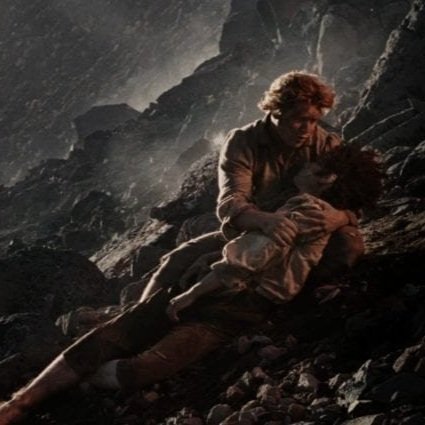How to Tell a Story
Long story short. Stories narrate the challenges we face, the choices we make in the face of those challenges, and what happens as a result of those choices.
A few weeks ago, my dad sent me an email with a file named “Autobiography.” It was from when I was 12, and I had decided the time had come to chronicle the story of my life for posterity. (Whatever conclusions you are drawing about me from these two sentences are probably accurate.) The title was A Dozen Years Can Count… This autobiography was essentially one fact after another about my life. It was a list of life events, but it wasn’t a story. I was 12 after all, so I’m giving myself a pass. But I’m passing the learning on to you.
We have already talked about what exactly stories are, and what makes story a unique form of communication. In short, stories are how we share our experience of the things that have happened to us. But how do we actually go about telling a story? How do we put one together? What are the fundamental building blocks of a story?
The next few posts will focus on this, taking one core component at a time. For now, an overview…
There are many, many ways to tell a story. Storytellers throughout the centuries have invented no shortage of archetypes—all the way from the Hero’s Journey to the Rom Com. And despite the wide array of nuances and inversions in these story-types, they all build upon the same foundation: stories narrate the challenges we face, the choices we make in the face of those challenges, and what happens as a result of those choices.
“CHALLENGE
CHOICE
OUTCOME”
I had the good fortune to train with the Harvard Kennedy School in public narrative a while back. The program was designed and led by the remarkable Marshall Ganz. Dr. Ganz told us that stories always contain three ingredients: challenge, choice, and outcome. In a story, a protagonist (main character) has a challenge that must be dealt with. In order to deal with this challenge, the protagonist must make a choice (or a number of choices!). And then the choice leads to some kind of outcome. Without any one of these, we would not have a complete story.
Apply this framework to any story you love and see if it fits. Take The Lord of the Rings, for example—my favorite story. We have a protagonist (Frodo) who faces a challenge (to get the One Ring out of the Shire and keep his community safe), makes a choice (to take the Ring all the way to Mount Doom in Mordor to destroy it), which results in an outcome (the Ring is finally destroyed, but at great cost to Frodo and all his friends).
You might appropriately be thinking that there is much more to the story of Frodo, or any story, than just these three components. And you’re right, of course. The stories we all love are rich with interweaving plotlines, multiple character arcs, bends in symmetry, and so much more. And still, they all build off the basic structure of challenge, choice, and outcome.
If there is nothing challenging the protagonist, then we have no story. Remember, we need the cortisol in the brain! If everything were exactly the way the protagonist wanted it, there would be no story to tell. And yet, to simply name a challenge isn’t sufficient either. We have to know what the character tried to do (or not do) to overcome the challenge. But if we just list the choices made, we will never give the listener the dopamine they need to feel settled again. So, we need to share what happened as a result of those choices. How did it all work out?
In the next piece, I’ll share another useful model—called STAR—in understanding these fundamentals. And I’ll break them down piece by piece.
